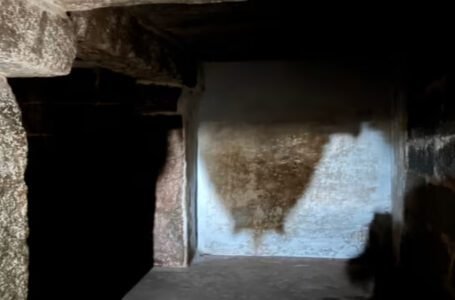Lepcha Community of Sikkim: Cultural Heritage and Conservation Efforts
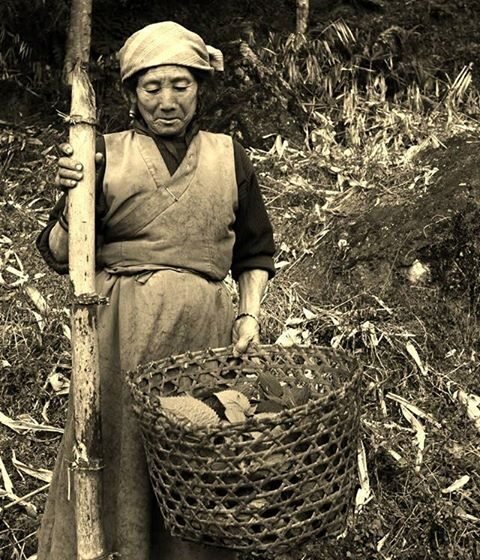
The Lepcha tribe, that resides in the breath-taking Himalayan range represents a fascinating blend of tradition, culture and adaptation. Primarily inhabiting the North-east corner of India, particularly in regions like Meghalaya, Arunachal Pradesh, Bhutan, Sikkim and Darjeeling, they carry with them a rich heritage that resonates through their lifestyles, language and beliefs.
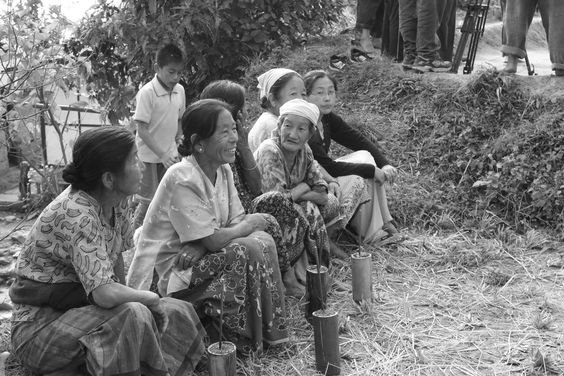
With a population of merely 157 individuals, the Lepchas form a small yet significant community in the region. Their Mongoloid roots are evident, it reflects their historical connections and ancestral ties with neighbouring cultures. The Lepcha language is often considered an amalgamation of Nepalese and Sikkimese languages, it resembles Indo-Chinese languages and underscores their intricate cultural exchanges over generations. Interestingly, the Lepchas refer to themselves as “Rong”, it is a term reflective of their self-identity and unity as a people.
Apart from that, the economic pursuits of the Lepcha community reflect a harmonious co-existence with nature. Rearing a large number of cattle and milch cows remains a cornerstone of their livelihood, it even compliments the cultivation of agricultural and horticulture crops. This sustainable lifestyle only sustains their material needs but also it reinforces their deep-rooted connection to the land and its resources. The historic trajectories of the Lepchas reveals a dynamic evolution of their spiritual beliefs. Originally, practitioners of nature worship and believers in witchcraft and spirits, they underwent a transformation with the embracement of Buddhism over time. Here, this shift does not signify changes in religious orientation but also highlights the adaptability and openness of the Lepcha culture to embrace new ideas and philosophies while preserving elements of their indigenous belief system.
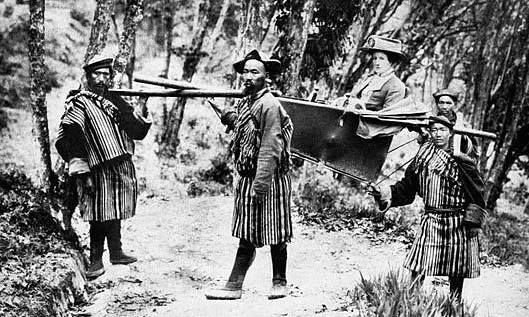
The tribe’s journey through time reflects a poignant narrative of cultural resilience and linguistic transformation, particularly pronounced to their stronghold regions of Sikkim and the Darjeeling Hills in West Bengal. As the reputed first inhabitants of these territories, their linguistic heritage, encapsulated in the Rongring script, stands as a testament to their ancient roots in the Eastern Himalayas.
Now, the erosion of their mother tongue, Rongring, parallels broader historical and socio-cultural shifts. Colonialism, with it came the imposition of foreign languages and administrative structures, exerted significant pressure on indigenous languages across the globe. For the Lepchas, this colonial legacy intersected with waves of migration and the onset of modernity, it fosters an environment where the Nepali language emerged as a dominant lingua France. This linguistic hegemony coupled with the allure of economic opportunities and social integration, gradually marginalized the use of Rongring within the Lepcha community, especially pronounced in the Darjeeling hills.

What is so special about Rongring? Rongring, with its unique script and linguistic nuances, represents a linguistic treasure trove predating even the Tibetan and Nepali languages prevalent in the region today. Its antiquity underscores the deep-rooted heritage of the Lepcha people, serving as a linguistic bridge to the bygone era. Despite its historical significance, Rongring finds itself perilously perched on the brink of extinction, a fate shared with many indigenous languages worldwide.
The fact that UNESCO designated ranging as “definitely endangered” among India’s endangered languages underscores the urgency of preserving this linguistic heritage. In a landscape that is dominated by globalized communication and standardized language, the survival of Rongring symbolizes not just the preservation pf a linguistic artefact but even the affirmation of cultural identity and historical continuity of the Lepcha community.

Efforts to revitalize and safeguard Rongring was being faced with multifaceted challenges, ranging from limited resources and institutional support to the pervasive influence of the dominant languages. However, initiatives such as language documentation, cultural revitalization programs, and advocacy for linguistic diversity offer rays of hope in the preservation journey. With the help of grassroot activism and community engagement, the Lepcha people are trying to reclaim their linguistic heritage, affirming their place in the mosaic of India’s linguistic diversity.
This population has traversed a tumultuous historical terrain which is marked by the influence of various political and cultural forces. Over the past five centuries, the dominance of entities such as Tibetans, the British Raj, and the pan-Nepali Gorkhas has cast a long shadow over the Lepcha community, it left an indelible imprint on their language, identity and culture. This complex interplay of power dynamics has exacerbated the linguistic crisis facing the Lepcha people, perpetuating a narrative of cultural marginalization and endangerment.
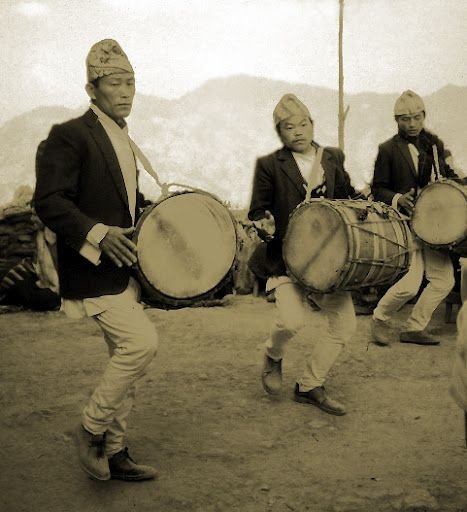
The political and cultural hegemony and successive rulers and administrations has significantly shaped the socio-political landscape of Sikkim and Darjeeling hills, it also directly impacts the trajectory of the Lepcha community. The Tibetans, along with their historical presence in the region, exerted considerable influence, while the era of British colonial rule brought about some profound transformation in governance, administration and societal structures. The annexation of Sikkim by the British Raj further altered the dynamics, ushering a new era of colonial domination and cultural assimilation.

The ascendency of the pan-Nepali Gorkhas, particularly in the Darjeeling, introduced another layer of complexity to the socio-political milieu, it further marginalized the indigenous population of the Lepcha community. The imposition of Nepali language and culture as dominant norms exacerbated the erosion of Lepcha language and cultural practices, relegating them to the margins of societal discourse.
Scholars, that includes both colonial and post-colonial, have extensively documented the plight of the Lepcha community, it often portrays them through the lens of a “vanishing tribe”. This rhetoric, entrenched in ethnographic and literary descriptions and also reinforces perceptions of the Lepchas as a marginalized and a culture whose entity is fading.
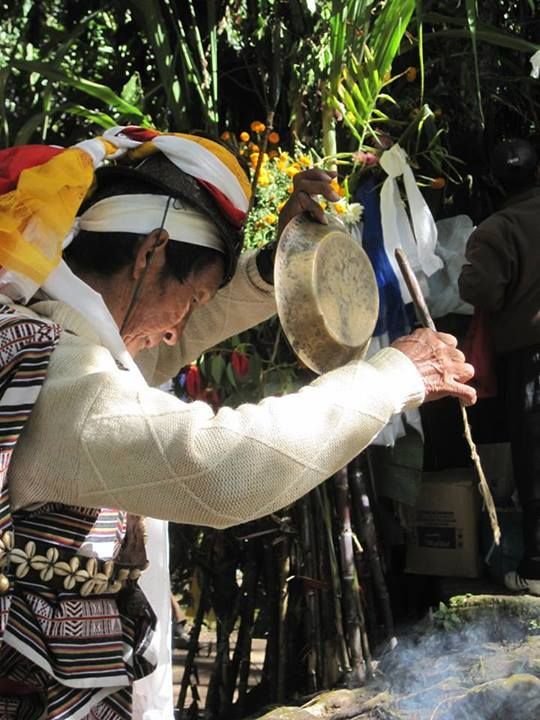
To conclude, the narrative of the Lepcha tribe, is intricately woven through the tapestry of the Eastern Himalayas and it reveals a compelling saga of resilience, adaptation and cultural transformation. Across centuries, the Lepchas have navigated a landscape shaped by shifting political tides, colonial legacies and cultural hegemony, each wave leaves an inedible mark on their language, identity and way of life.
From their ancestral homelands in Sikkim and the Darjeeling hills to their scattered communities across the region, the Lepcha people have grappled with the formidable challenges that were posed by external forces seeking to impose dominant cultural norms and languages. The echoes of Tibetan influence, the imprint of British colonialism and the shadow of pan-Nepali Gorkhas dominance have reverberated through their collective consciousness, shaping their socio-political realities and a sense of cultural precarity.
In the middle of all this, the Lepcha community stands as a testament to the enduring spirit of resilience and cultural pride. Despite the encroaching pressures of modernity and globalization, they continue to assert their linguistic and cultural heritage, striving to reclaim and revitalize their ancestral language, Rongring, and preserve their cultural traditions for future generations.

As we look back on the plight of the Lepcha people, we are reminded of the profound interconnectedness of language, culture and identity. Their story serves as a poignant reminder of the importance of linguistic diversity and cultural heritage in fostering a more inclusive and equitable society. By honouring and uplifting the voices of the indigenous communities like the Lepchas, we not only enrich our collective tapestry of human experience but also reaffirm our commitment to justice, equity and cultural pluralism in a rapidly changing world.


